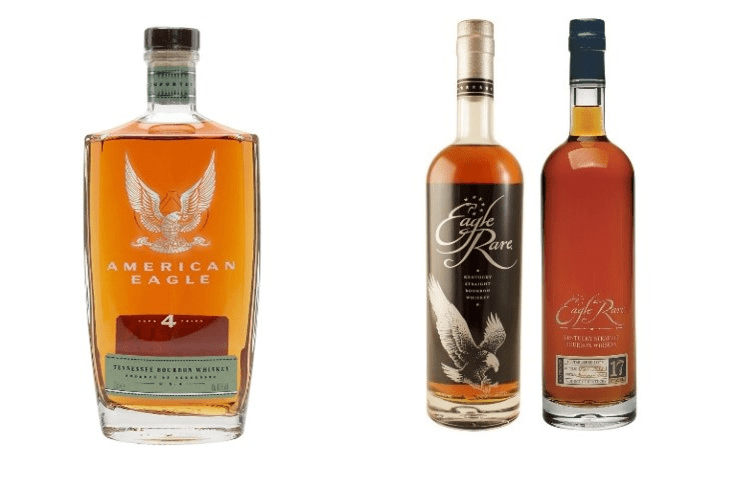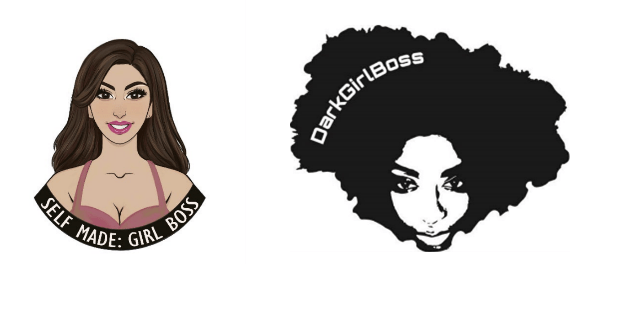Two recent cases have illustrated the importance of indirect confusion. Brand owners should keep in mind the possibility of indirect confusion being found when clearing new brands for use and registration.
What has happened?
- The likelihood of confusion test is central to trade mark law. The most common type of confusion occurs where the average consumer mistakes the mark complained of for the mark registered – "direct" confusion.
- However, there can also be "indirect" confusion – where the average consumer does not mistake the marks for one another but nonetheless considers that they come from the same or economically linked undertakings.
- Two recent cases illustrate the risks of a finding of indirect confusion.
- Brand owners should give careful thought to the possibility of indirect confusion when clearing new brands for use and registration. The risk will vary depending on factors such as the nature of the market in question, the propensity for brand extensions in that market, the distinctiveness of any shared brand elements, the nature of any differences between the marks and the degree of attention of the average consumer.
Want to know more?
Liverpool Gin Distillery
In Liverpool Gin Distillery v Sazerac Brands, the Court of Appeal upheld the High Court's finding of trade mark infringement based on a likelihood of indirect confusion. The Claimants, Sazerac Brands, produced and sold Eagle Rare, a renowned bourbon whisky, registered as UK and EU trade marks in class 33 for alcoholic beverages, whisky and bourbon whisky.
The Defendants, American Eagle, subsequently launched and sold a bourbon whisky under the brand AMERICAN EAGLE. The Claimant brought an action for infringement.

Despite the shared (and distinctive) "Eagle" element and the identity of goods, the High Court found that there was little likelihood that the average consumer of bourbon would directly mistake one mark for the other. This was particularly so given the relatively high degree of attentiveness of bourbon drinkers compared to consumers of other spirits (owing largely to a greater than usual degree of brand loyalty).
However, the High Court did consider there to be a likelihood of "indirect" confusion. This was because the names have marked similarity (indicative of a possible connection between them) and the existence of connected brands using similar names is common and well-known to the public in the spirits and bourbon market. An assumption of a connection was particularly likely here given that there were no other bourbon products in the relevant market using the "Eagle" name. Given these factors and the identity of the products concerned, there was a likelihood of indirect confusion, the court adding that, once American Eagle "…is established and becomes more widely known than Eagle Rare, having been positioned by the Defendants to compete … in the mass market, it will be natural for a consumer to assume that Eagle Rare is a special version of American Eagle."
The Court of Appeal agreed, commenting that:
- Consumers would not necessarily scrutinise the label to check for a link between the brands – "Trade mark law is all about consumers' unwitting assumptions, not what they can find out if they think to check"
- The High Court had not failed to consider that no extension of the EAGLE RARE brand had occurred to date and that it was too niche a product for extension to be logical or likely.
- It was perfectly permissible for the High Court to consider possible future developments such as AMERICAN EAGLE becoming a mass-market product. The likelihood of confusion test is forward-looking in this way.
- While the evidence from the editor of a whisky magazine (on whether the brands Yellow Rose and Four Roses and Heaven's door and Heaven Hill would be likely to be confused) was inadmissible, the High Court had referred to it for illustrative purposes only.
GIRL BOSS
More recently, indirect confusion was found between two composite word and figurative marks in the context of a UK opposition. The earlier UK registration was for a woman's head containing the words, "DarkGirlBoss", registered for a variety of goods and services including anniversary cards and announcement cards in Class 16. The mark applied for was for a woman's head and torso containing the words "SELF MADE: GIRL BOSS", covering various goods and services including motivational cards in Class 16 (to which the opposition was confined).

The UKIPO held that the goods in question were similar to a high degree and that the marks in question were overall similar to a medium degree (being visually similar to a low to medium degree, aurally similar to a medium degree and conceptually similar to a high degree). Despite this, it considered there to be little likelihood of direct confusion between the marks based on the fact that different words precede the words "GIRL BOSS" and that the figurative elements are sufficiently different across the marks.
However, it was of the view that there was a likelihood of indirect confusion between the marks based on the fact that the phrase GIRL BOSS is striking for the goods concerned and the differing additional words do not change the meaning of that phrase. The differences between the marks were seen as symptomatic of a brand variation with the common basis of the marks being “GIRL BOSS”. The average consumer would therefore assume that the marks are derived from the same or economically linked undertakings.
What does this mean for you?
When clearing new brands, it is important to consider the risk of indirect - as well as direct – confusion. The risk of indirect confusion will vary depending on factors such as:
- The nature of the market in question and particularly the propensity for brand extensions in that market. This was a particularly relevant factor in the Eagle Rare case.
- The distinctiveness of any shared elements. Common elements that are striking (inherently and/or on the market in question) can trigger consumers to assume that no one else but the brand owner would be using that element, leading to an assumption of a connection.
- The nature of any differences between the marks. The addition of non-distinctive/descriptive elements to an earlier mark can give the impression that the later mark is a sub-brand or brand extension. Terms such as “LITE”, “EXPRESS”, “WORLDWIDE”, “MINI”, and "RARE" might fall into this category. Similarly, where the earlier mark comprises several elements, a change to one element might appear entirely logical and consistent with a brand extension, as in the Eagle Rare and Girl Boss cases.
- The degree of attention of the average consumer. However, even where the consumer is deemed to be paying a relatively high degree of attention (as in the Eagle Rare case) there can be a finding of indirect confusion.
Article co-authored by Rhiana Assi.






